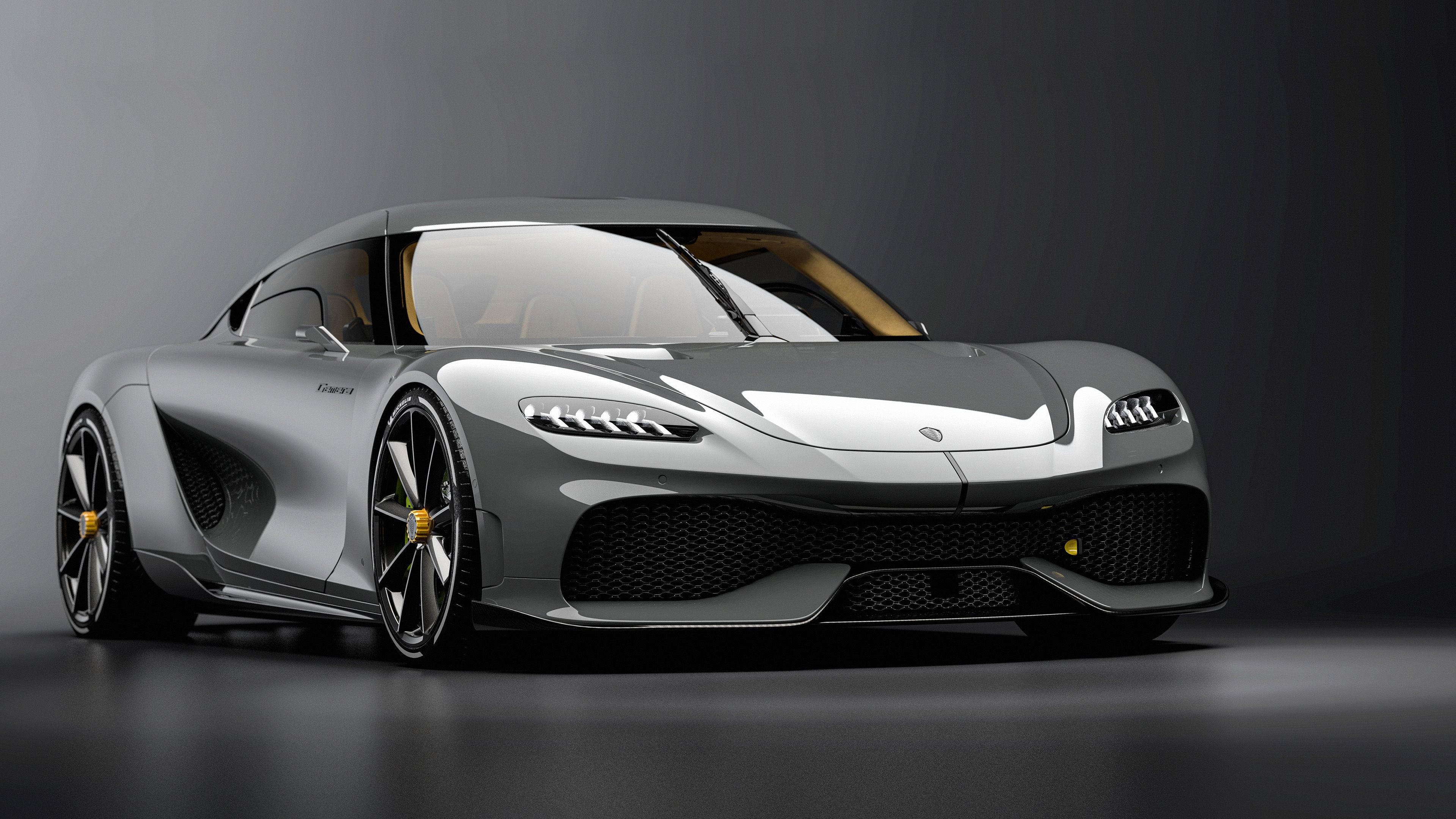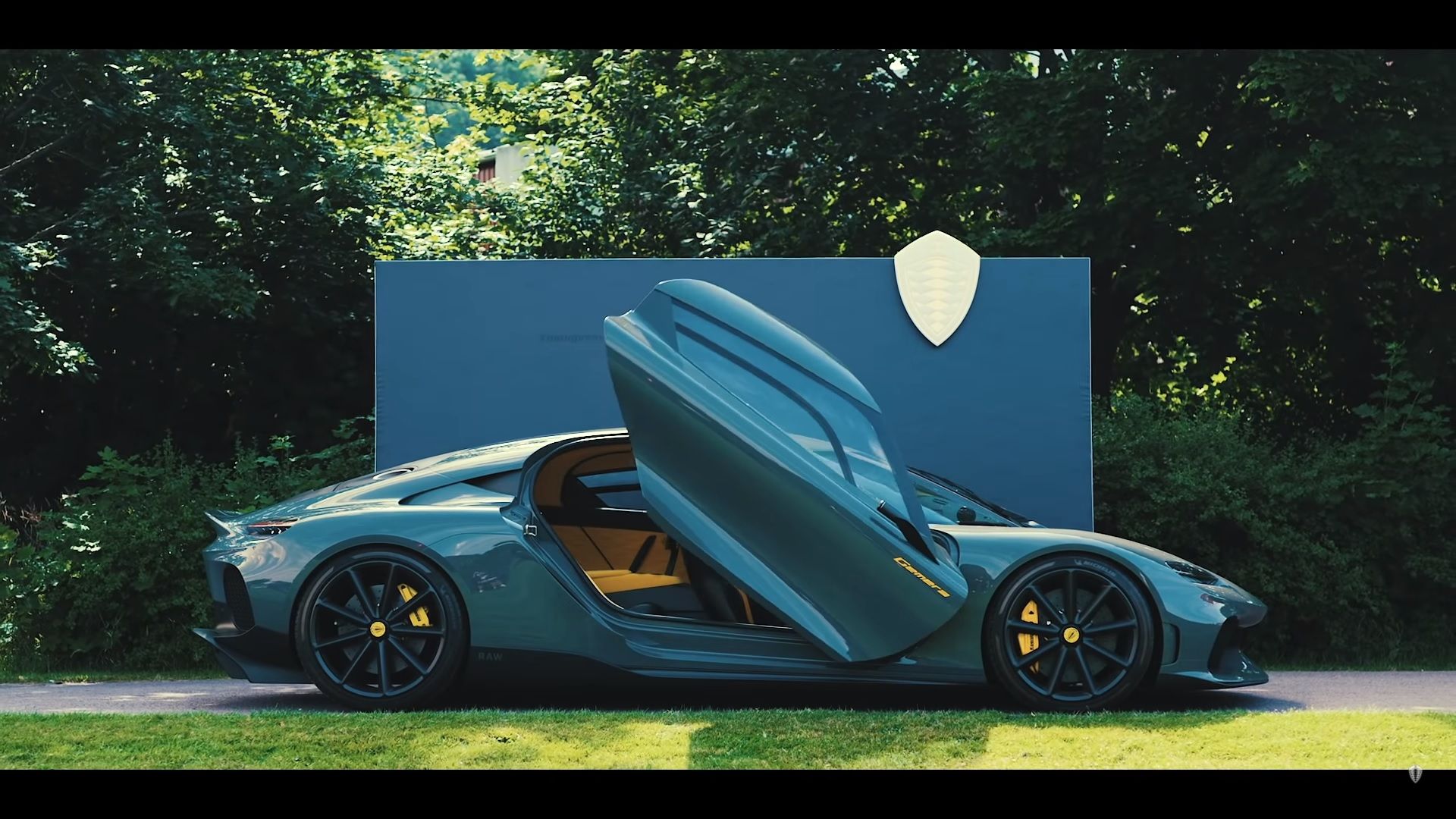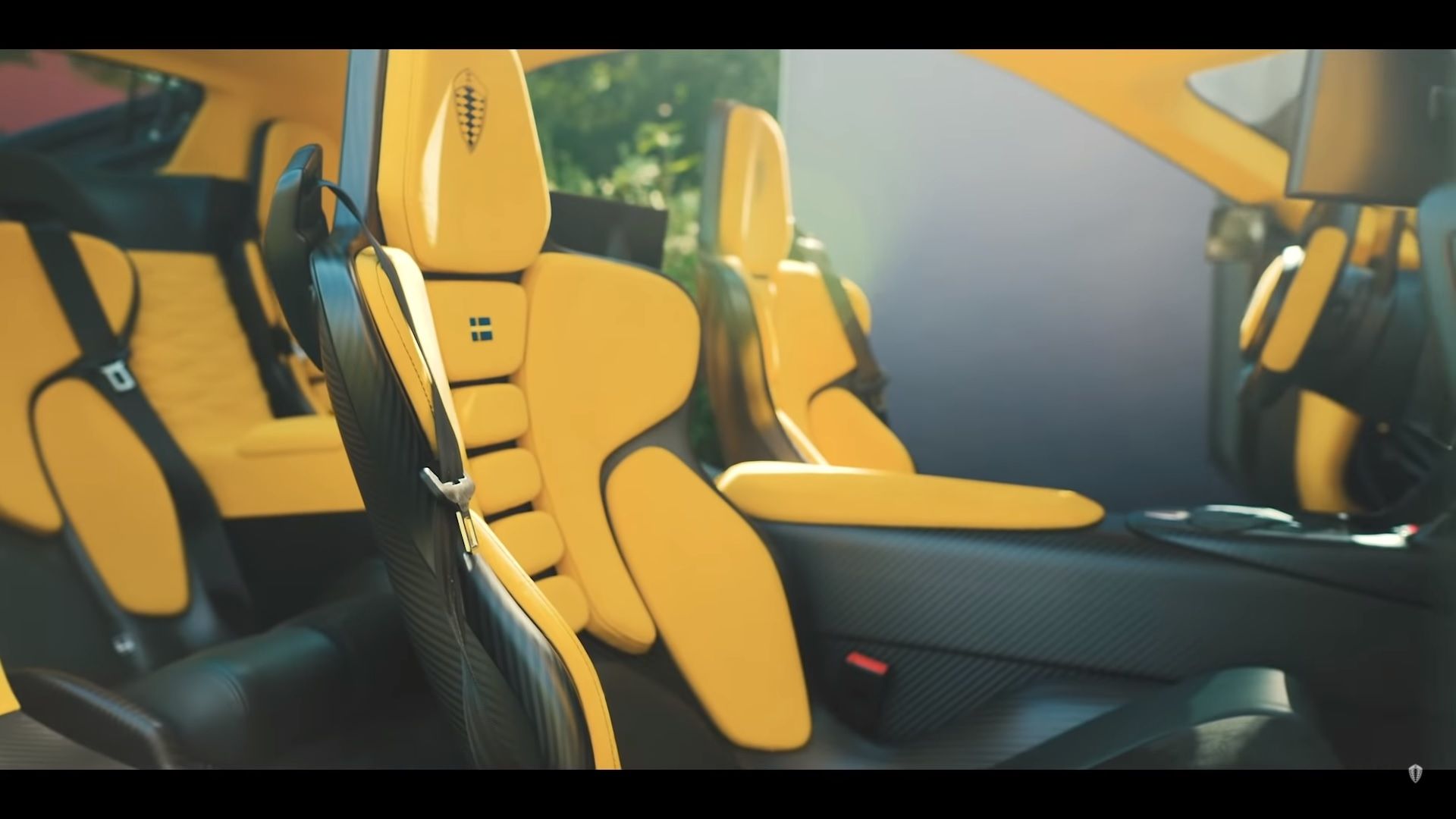What’s the first thing you look at whenever a new hypercar is presented? Torque? Horsepower? The kind of engine/drivetrain it offers? Maybe what sort of wicked aerodynamic setups it flaunts? All of the above? Regardless of your answer, practicality is the last thing one cares about or expects from such a vehicle. Somehow, Koenigsegg’s Gemera made a selling point out of it.
1600+ horsepower, four seats, and eight cupholders
It was a bummer that COVID-19 cancelled Geneva but at the same time, the audacity of some carmakers made up for the sorrow. Koenigsegg’s Gemera hypercar was supposed to walk the walk in Geneva, but it didn’t. Instead, it was shown to the world via the digital realm, as many other debuts.
The spec sheet was a slur of spiciness and audacity, two elements that together with mechanical genius and lots of charisma make Christian von Koenigsegg one of the most pleasant figures in the car world and his company’s cars absolute stunners. Case in point, the Gemera.
Relying on a hybrid setup mixing a 2.0-liter, inline-three turbo mill (it, alone, makes 592 horsepower) with three e-motors for a total system output of 1677 horsepower and 2581 pound-feet of torque, the Gemera needs 1.9 seconds before it reaches 62 mph from a standstill. It has a carbon-fiber tub, aluminum sub-structures, and all the other compulsory bits and bobs of a hypercar. At the same time, it has two doors, but it can seat four people and we’re not talking babies.
In the Gemera, the front seats can be moved forward and backwards, and the backrest can also be tilted. What’s more, the rails on which they travel are going up towards the front, so if one driver is particularly shorter, moving the seat up will fix it. The beauty of it, however, lies in the fact that even with the front seats fully pulled behind, you can still fit in the backseat, with decent room for knees and head.
But we get it. Seeing is believing, so check out the video to see how four adults can travel in style and comfort inside the Gemera.



